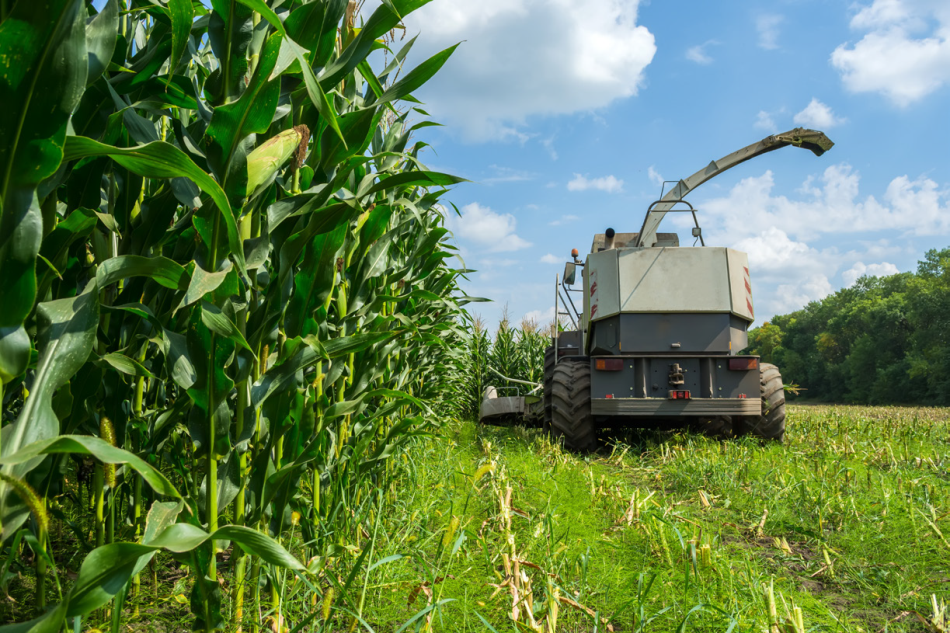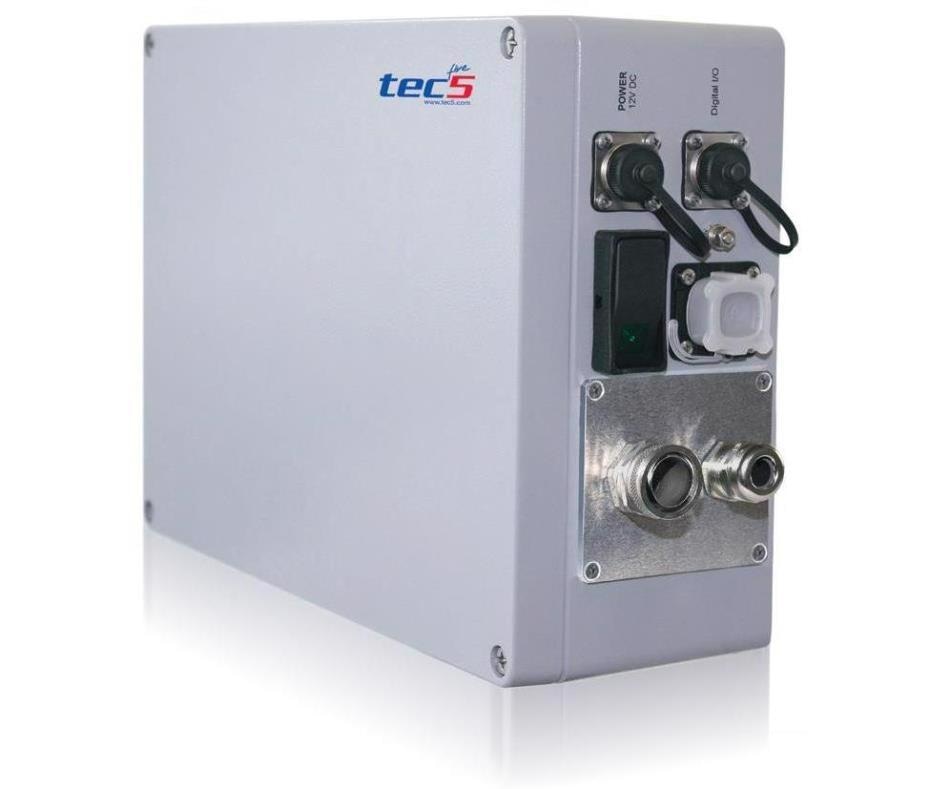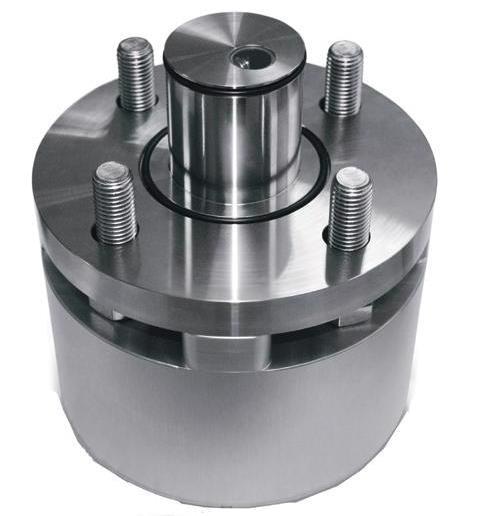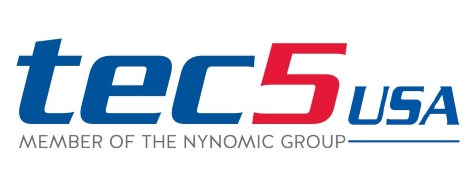Analysis of forage is key for animal nutrition optimization, crop pricing and overall farm productivity. The newest near-infrared (NIR) technology now offers simple, real-time analysis to the field. This article discusses why analysis is so important, the benefits offered by NIR over wet chemistry and the latest developments for forage profiling.

Image Credit: tec5USA Inc
Ruminants rely on forage to preserve optimal rumen function and as a result, suggestive guidelines state that it should form 60-75% of their diet. So, it is key to animal wellbeing and productivity that forage is of high quality and meets their nutritional requirements.
Forage analysis is crucial for every farmer who uses or produces forage. The quality of forage impacts both the payment a farmer will receive for their hay and the health and well-being of the animals consuming it.
Key factors for forage include:
- Moisture and dry matter – Specific moisture levels are necessary for high low quality hay (15-18% moisture), baleage (40-60%) and silage (up to 65%). Erroneous moisture levels can lead to nutrient loss, mold spoilage, heat damage and even fires.
- Crude protein – Protein is key for animal growth and milk production. High protein levels are often linked with high feed quality and protein from forage can enhance milk yields while limiting the need for protein supplements.
- Starch – Provides energy for animals.
- Sugars – Provide energy for fiber digesting rumen microbes that release energy from fiber.
- Fiber, including neutral detergent fiber and acid detergent fiber – Influences digestibility and the amount of energy provided by forage, determining animal productivity.
It is generally accepted that farmers should analyze their forage to establish their nutrient levels in order to design the best feeding regimes. But what is the optimal way to analyze the characteristics of forage?
Typically, wet chemistry methods were utilized, but they had the tendency to be time-consuming: requiring qualified personal. They could be difficult to get right, increasing the chances of bad results due to human error.
Now, farmers are progressively turning to new technologies for quick answers about the quality of their forage with near-infrared spectroscopy (NIRS), the primary choice thanks to its versatility and ease of use.
Why Use Near-Infrared Technology for Forage Analysis?
NIRS is frequently used for chemical analysis. It entails firing NIR light at a sample for the molecules in the sample to absorb the light at specific wavelengths, in accordance with the chemical bonds present. The spectrometer then traces the reflected light and reports the wavelengths of light absorbed by the sample; this allows elucidation of the chemical bonds and, therefore, the sample components.
When analyzing forage utilizing NIRS, the spectrum of the sample is measured against a library of standardized spectra of known constituents to establish nutritional values, including moisture, protein, sugars, starch, dry matter, fiber and digestibility.
Advantages of NIR Compared with Wet Chemistry
NIR has been employed in forage analysis since the 1970s. But early NIR spectrometers were cumbersome, expensive and too fragile to travel to the field, so wet chemistry held out as the predominant technique.
What’s more, in the past, the accuracy of NIR measurements concerned some nutritionists when compared to wet chemistry methods. But now, accuracy has vastly improved to give accuracy on par with wet chemistry, costing considerably less in terms of time and money.
The popularity of NIR has increased in recent years, thanks to developments in NIR technology that make it less expensive but also more robust, compact and reliable. As a result, NIR is now one of the most researched and widely used tools in agriculture.

tec5USA CompactSpec II. Image Credit: tec5USA Inc

NIRON II Measurement Head. Image Credit: tec5USA Inc
Bringing NIR to the Field - tec5USA NIR System for On-Chute Analysis
NIR offers dependable analysis of forage characteristics in just a few seconds, allowing farmers to make rapid decisions about feed formulation, processing and optimizing growing conditions for the following season.
The latest iteration of NIR spectrometers makes forage analysis easy. tec5USA, one of the leading manufacturers for NIR technology, now produces spectrometers strong enough to withstand travel to the field and mounting on harvesting equipment, providing constant readings on forage quality of the as it is harvested from the field.
The NIR system, including the tec5USA CompactSpec (NIR) and NIRON II measurement head, uses a sturdy design with unique cementing, a sapphire window and permanently calibrated optics with no moving parts, making them able to resist significant vibrations.
The system housing possesses an IP69K rating, making it able to resist heat, dust and high pressure steam cleaning. Due to these parameters, they are strong enough to be mounted to vehicles, including combine harvesters.
The NIRON II active measurement head is so robust it can be fixed on to the chute of the harvester and, when used in parallel with the tec5USA CompactSpec (NIR), offers real-time measurements including moisture, dry matter, protein, acid detergent fiber, neutral detergent fiber, starch, sugars and overall digestibility levels.
About tec5USA
Part of the publicly-traded company Nynomic AG, tec5USA is the North American subsidiary of tec5 AG. The group is an international leader in the manufacturer of products for permanent, non-contact and non-destructive optical measurement technology.
Rather than holding out for time-intensive laboratory measurements, tec5USA's instruments measure time-critical chemical and physical parameters rapidly to react promptly to variations in the production line, permitting process verification in real-time.
This facilitates consistent quality, rework reduction and waste minimization, end-to-end supply chain optimization, yield maximization and pay per content.
The industries that tec5USA serves include semiconductor manufacturing equipment, thin film technology, environmental technology, the mining industry, chemistry, petrochemistry, biotechnology and pharma, food, feed and beverages as well as agriculture.
References
- ‘Forage in Ruminant Nutrition’ – Minson DJ, Academic Press, 1990.
- ‘Analysis of Forages and Feedstuffs’ in ‘Near-Infrared Spectroscopy in Agriculture’ – Roberts CA, Workman J, Reeves JB., Roberts CA, Stuth J, Flinn P, Agronomy Monograph, 2004.
- ‘The Application of near Infrared Reflectance Spectroscopy (NIRS) to Forage Analysis.’ Fahey GC, Shenk JS, Westerhaus, MO, ACSESS Publications, 1994.
- ‘Methods of Forage Moisture Testing’ https://edis.ifas.ufl.edu/ag181
- ‘Quality Forage series: Forage Nutrition for Ruminants’ https://www.ndsu.edu/agriculture/ag-hub/publications/quality-forage-series-forage-nutrition-ruminants#:~:text=The%20crude%20protein%20value%20includes,of%20both%20types%20of%20protein.
- ‘Optimizing Starch Concentrations in Dairy Rations’ https://dairy-cattle.extension.org/
- ‘Feeding Sugar to Ruminants’ https://dairy-cattle.extension.org/
- ‘The ABC’s of forage analysis – fiber & digestibility’
- ‘Don’t discount the accuracy of NIRS’ https://hayandforage.com/article-2996- don%E2%80%99t-discount-the-accuracy-of-nirs.html
- ‘CompactSpec®: Robust Spectrometer System’ tec5_3604_PI_CompactSpec_ USLetter_201609.pdf

This information has been sourced, reviewed and adapted from materials provided by tec5USA Inc.
For more information on this source, please visit tec5USA Inc.